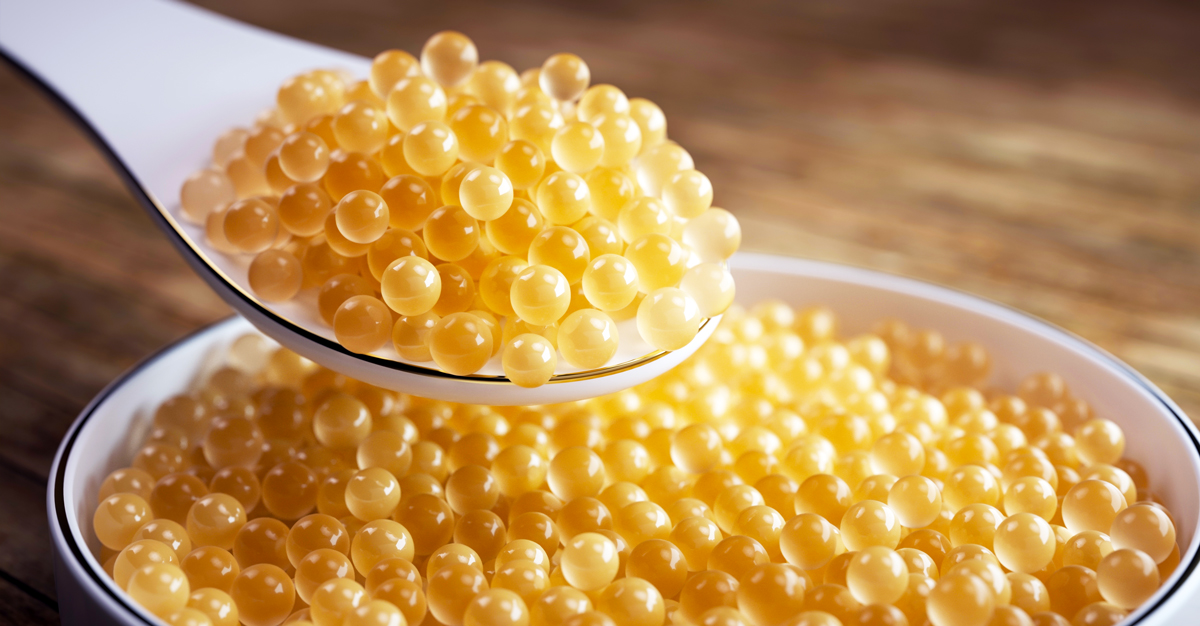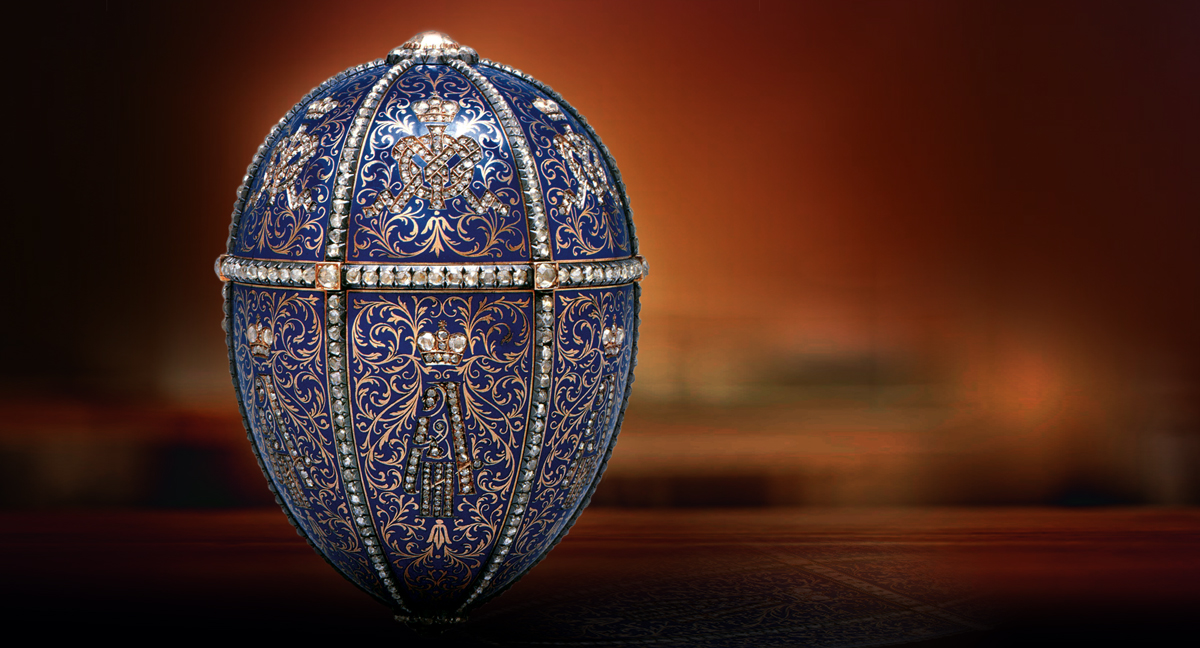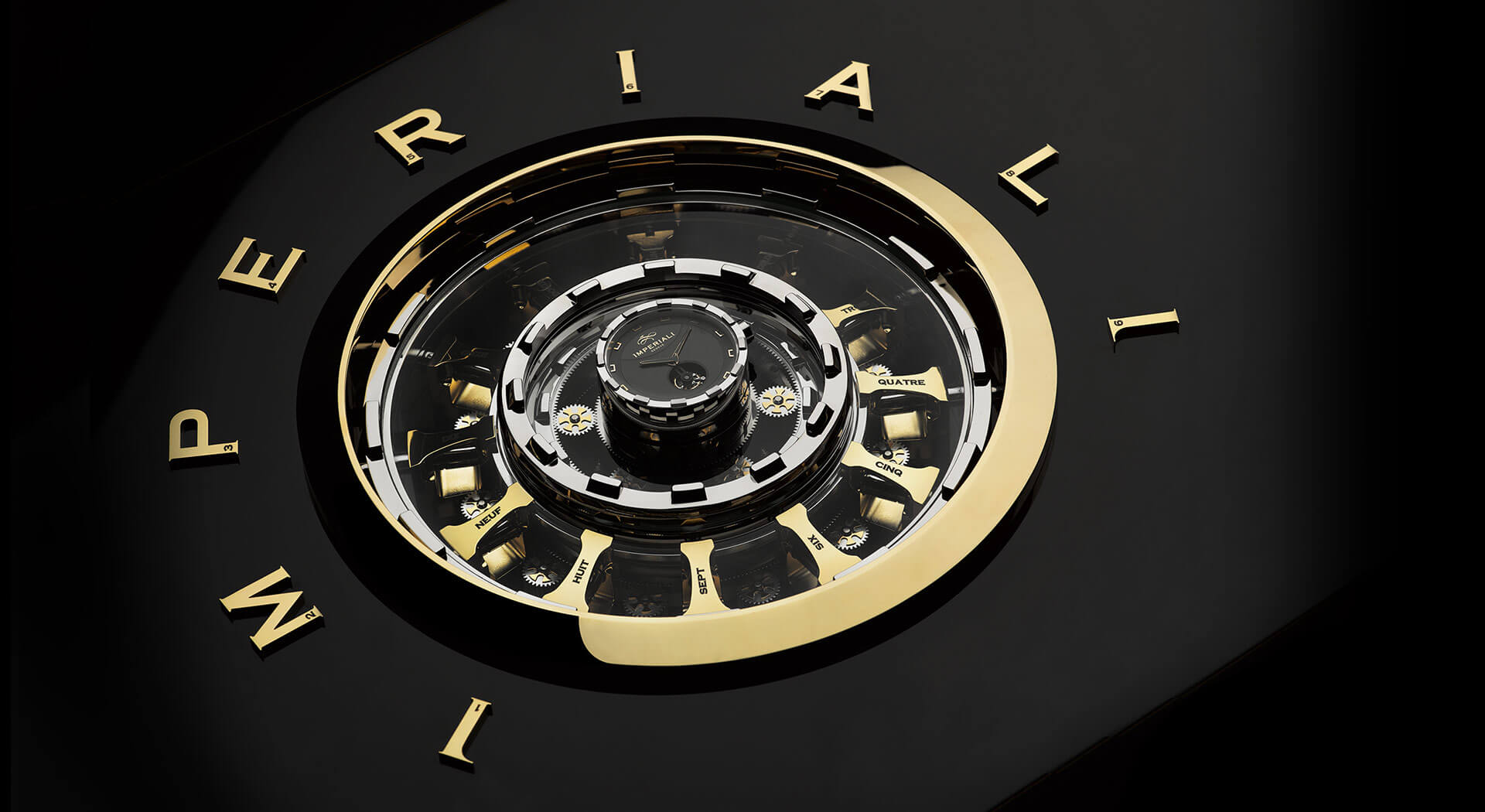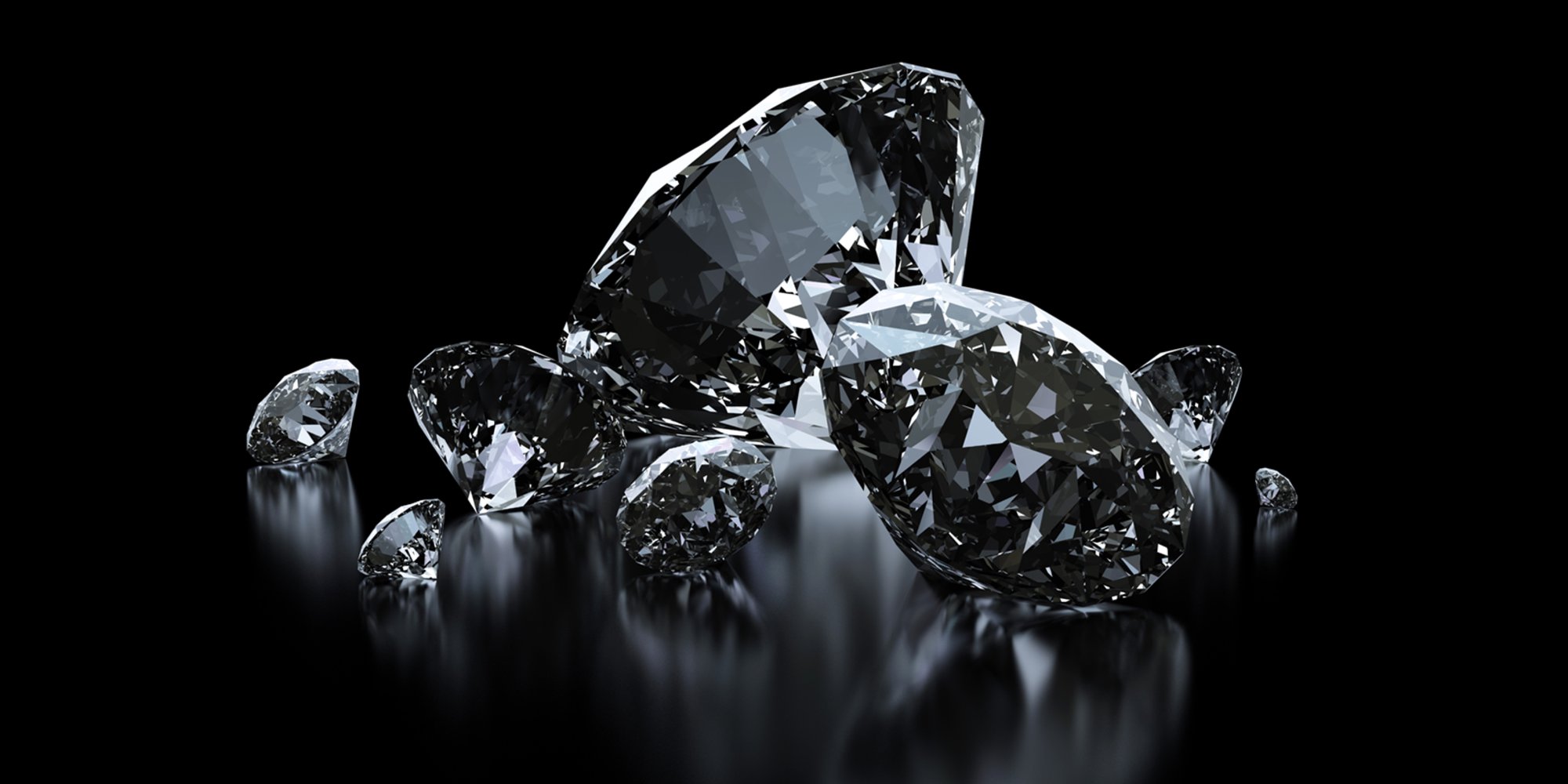Have you ever wondered why caviar holds the crown as the epitome of luxury cuisine? Prepare to embark on a gastronomic journey as we dive into the opulent world of caviar, exploring what makes it the most expensive food in the world. From its origins rooted in ancient Persia to its association with royalty and exclusivity, caviar has captivated the palates of connoisseurs for centuries.
But what exactly makes caviar so expensive? Join us as we unravel the secrets behind this exquisite delicacy, delving into the complex factors that contribute to its astounding price tag. From the rarity of its source, the sturgeon, to the meticulous harvesting process and stringent regulations, every step involved in bringing caviar to your plate adds to its allure and value.
Discover the most coveted varieties of caviar, each offering a unique sensory experience. We’ll explore their distinct characteristics, flavors, and origins, from the illustrious Almas, also known as the diamond caviar, to the elegant Beluga, Osciétre, and Sévruga. Gain insight into the intriguing world of caviar tasting, where the delicate interplay of briny saltiness, buttery textures, and hints of the sea create an unparalleled symphony on your palate.
Join us as we uncover the secrets of this gastronomic treasure, answering your burning questions about the most expensive caviar in the world. What sets it apart? How does it taste? Where does it come from? Discover the answers to these queries and more as we delve into the enigmatic realm of caviar. This delicacy has transcended time and continues to captivate the senses of those who seek the finest culinary experiences.
Prepare to be enchanted by the allure of caviar and unlock the mysteries behind its lofty price tag. Embark on a journey that promises to tantalize your taste buds, elevate your dining experiences, and immerse you in the world of unparalleled luxury and indulgence. Are you ready to savor the essence of extravagance? Let’s delve into the mesmerizing realm of caviar, the most expensive food in the world.
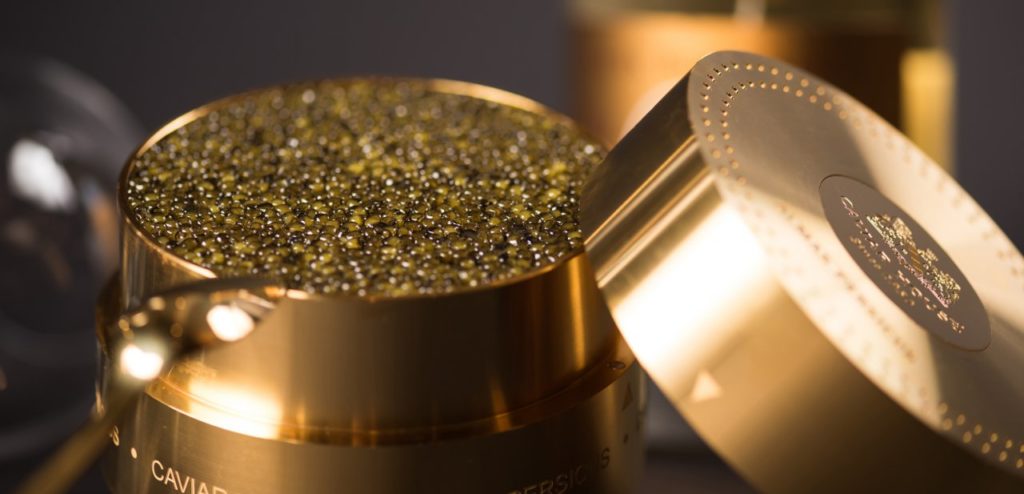
What is Caviar?
Caviar is, without a doubt, the most luxurious and exclusive food known to man. The Persians are the first group of people known to consume sturgeon eggs regularly, hence the name, which comes from the Persian word which literally translates as generator”. They believed this delicious delicacy would enhance the strength and endurance of anyone who ate it.
Even in ancient times, however, caviar was considered a luxury foodstuff reserved only for the elite. It disappeared from people’s tables during the Middle Ages only to reemerge in 12th-century Russia when fishermen and peasants began using it as a cheap source of protein. Their people had endured great poverty, and as there were plenty of sturgeons at the time, caviar was easy to obtain.
Julius II, the “Warrior Pope,” was a notorious gourmand with a healthy appetite for sturgeon eggs. Besides being the patron of Michelangelo’s painting of the Sistine Chapel, Pope Julius II also introduced caviar to royal ceremonies across Europe, reaffirming its status as an exclusive, high-quality foodstuff. Around the same time, the famous Russian Czar Peter the Great also developed a passion for caviar and consumed it in great quantities.
Sadly, sturgeon eggs are so highly prized that the species itself is near extinction: white caviar, which comes from 100-year-old albino fish, in particular, has become an extremely rare delicacy. Albino sturgeon are born without any of the natural dye melanin, a defect they pass on to their eggs.
The exclusivity and vast cost of caviar can seem a little intimidating at first, but even a beginner can easily understand the main types of caviar, as well as look for the characteristics that make for a truly great dining experience.
What is Caviar, and What are The Types of Caviar?
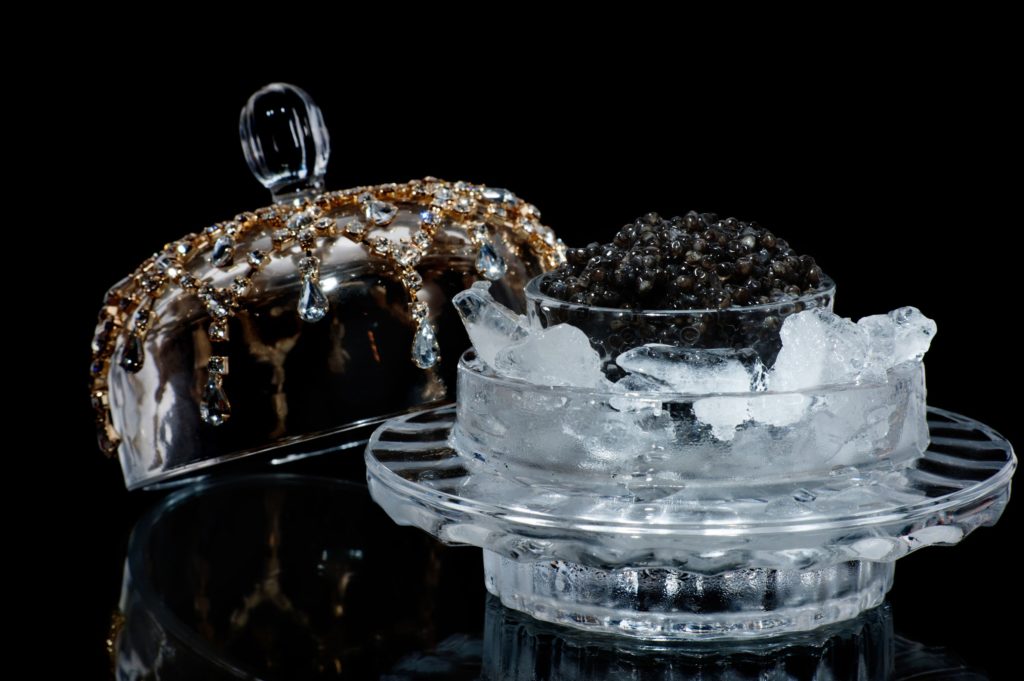
While it’s true that caviar refers to fish eggs, most types are prepared before being suitable to eat either by lightly salting or curing them. The four main types of caviar are Almas, Beluga Osciétre and Sevruga. These all vary in size, color, and flavor. These differences, as well as the availability of each type of caviar, help determine their cost.
1- Almas the Diamond Caviar
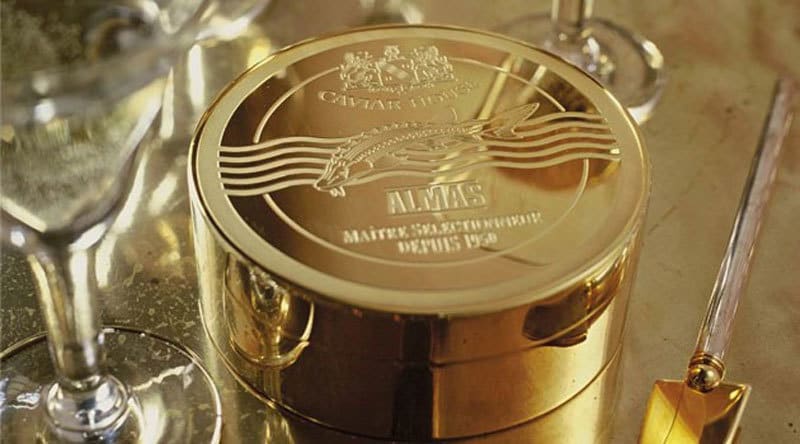
Almas (meaning ‘diamond’) is the most expensive and exclusive type of caviar. It’s also the preferred type of the Ancient Greeks who imported it all the way from the area that’s now Crimea in Southern Ukraine. Specifically, the eggs are harvested from the albino beluga sturgeon, which is found only in the Caspian Sea. If you want to get your hands on some Almas, you’ll need to go to one of the very few select Caviar House & Prunier Stores, the only place in the world where it’s available for sale. The caviar itself comes in a metal container bathed in
24-carat gold, making it perfect as a luxury gift. One kilo (2.2lb) of Almas can cost upwards of US$53,400, which according to the Guinness Book of World Records makes it the most expensive food in the world.
The high cost can partly be explained by the rarity of albino sturgeons, who mainly live on the Iranian side of the Caspian Sea. The eggs are also only harvested from sturgeon over 100 years old. This gives them a spongier texture than those taken from younger fish. The caviar is then delicately salted to draw out Almas’ distinctive nutty, creamy taste.
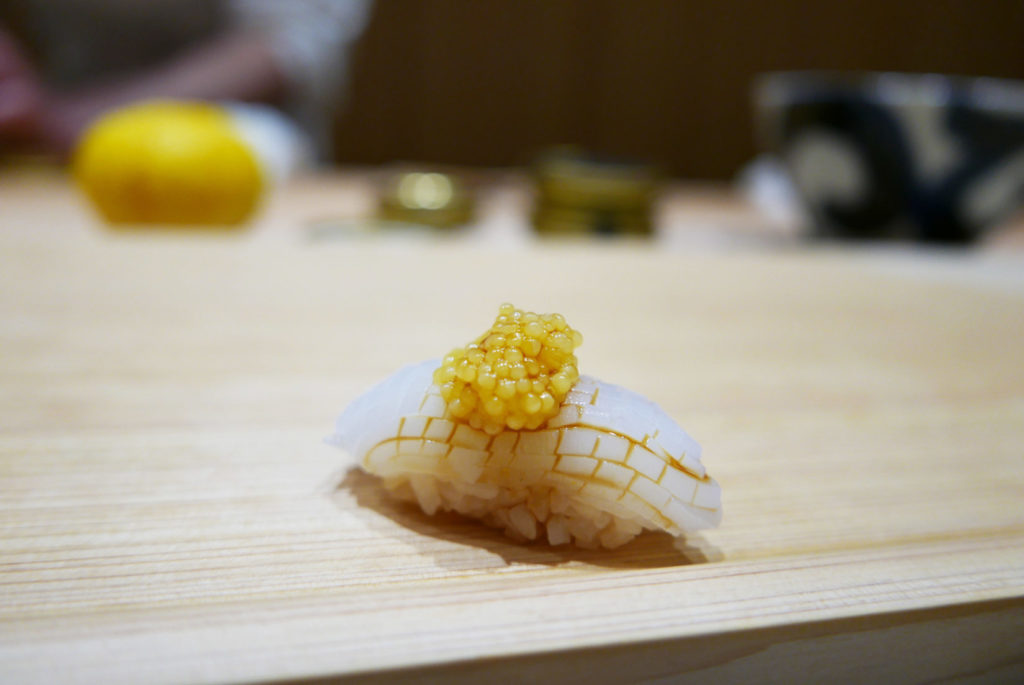
Almas are usually served in a non-metallic dish, to avoid tainting its distinctive flavor. Often ice is placed at the base to keep the caviar at the correct temperature. Like most forms of caviar, Almas is typically served on toast, slices of bread, blinis, or crackers. Great care is taken to keep the eggs intact, which improves the taste.
2- Beluga Caviar
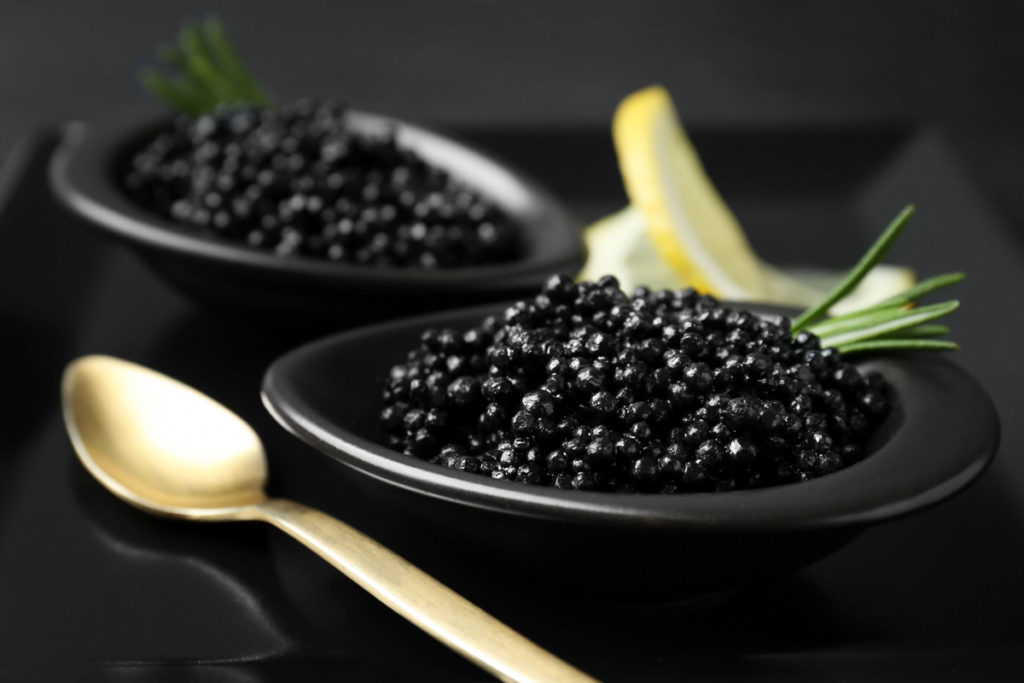
Beluga Caviar also comes from sturgeon in the Caspian Sea and is the next most expensive after Almas. Although more common than the albino variety, Beluga is still relatively rare and as such has served as a luxury treat for royal families over the centuries.
Beluga has the largest individual eggs of all caviar. Each orb can be as large as a pea and ranges in color from pale silver or gray to dark, black. The flavor is a balanced, buttery saltiness. lt is best enjoyed with minimal, simple accompaniments, such as on blini or triangles of toast.
3- Osciétre Caviar
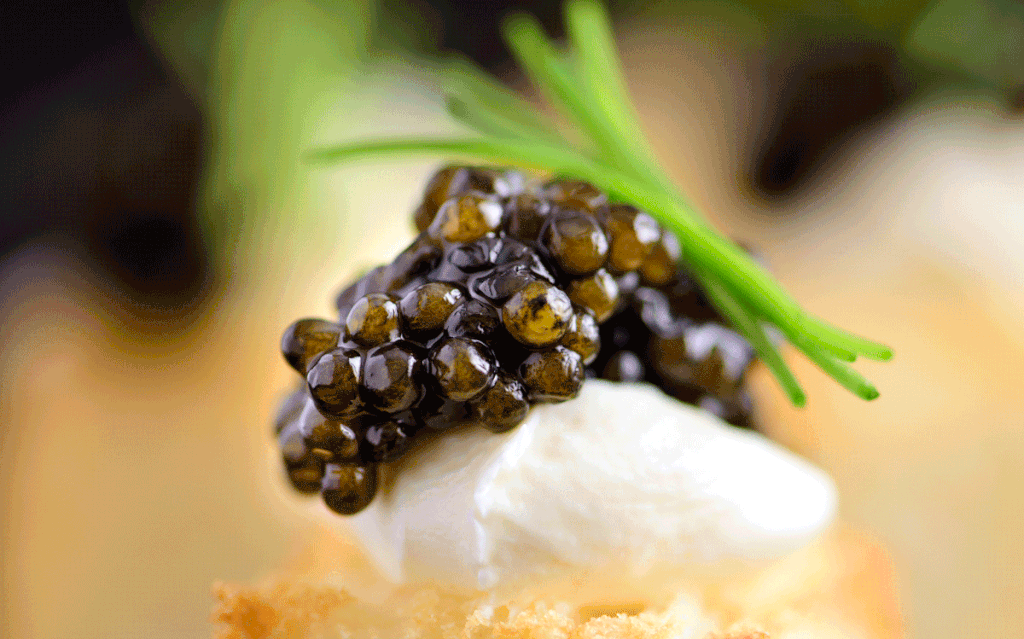
Although Osciétre sturgeon are originally from the Caspian, their dwindling numbers mean that most these days are kept in farms to ensure the production of high-quality caviar. Oscietre eggs are smaller than the large Beluga caviar but still have a good and consistent size and shape. The flavors of Oscietre caviar are more subtle than other types of caviar, with more of a seafood taste. The caviar also varies from deep brown to gold in color. Generally, lighter-colored eggs are from older sturgeons. They have a richer flavor and a higher price tag than those with a darker hue.
4- Sévruga Caviar
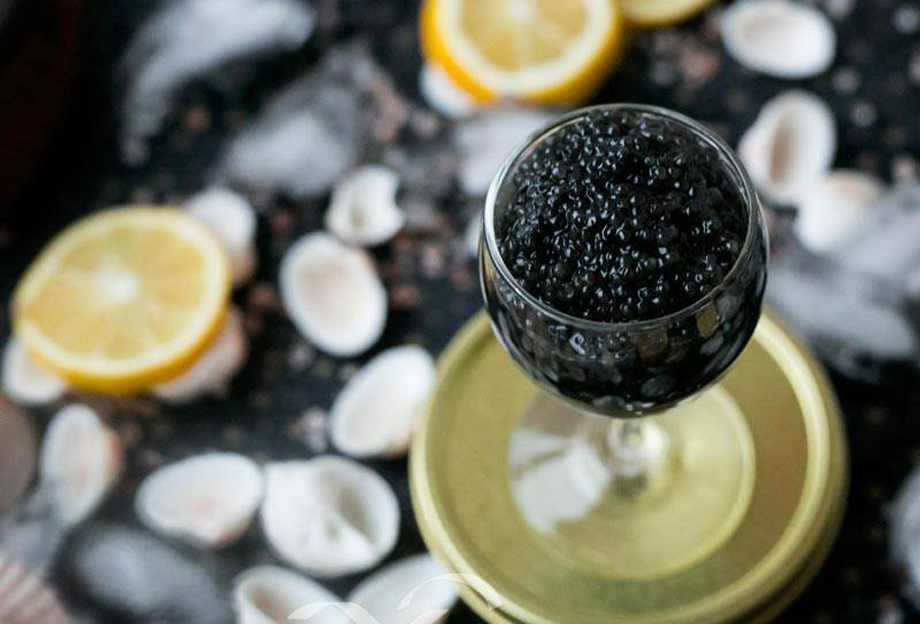
Sévruga sturgeon are native to the Aegean, Black & Caspian Seas. However, the Sévruga caviar is only from the Caspian Sea’s Sévruga sturgeon. The “starry sturgeon” is the most common kind, and it also reproduces more quickly than both the Beluga and Osciétre sturgeon. As a result, caviar is the most available and least expensive caviar variety. As the smallest caviar-producing sturgeon, the starry sturgeon also produces the smallest eggs. The eggs themselves are pearlescent light-grey in color. The flavor is distinctly marine but has a delicate, creamy aftertaste.
What Does Caviar Taste Like?
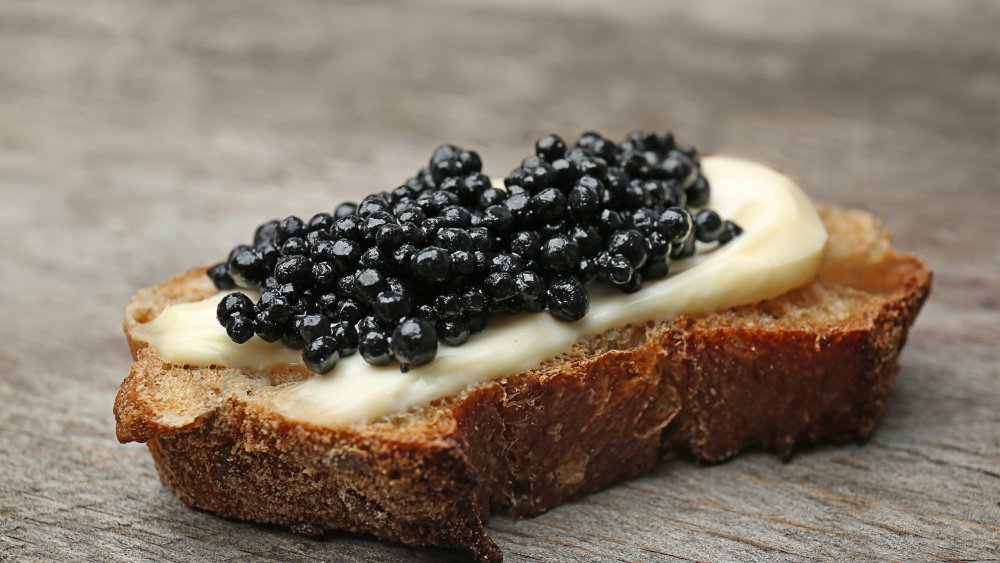
When attempting to tell someone what caviar tastes like, “kinda salty and fishy” just doesn’t cover it. Some experts claim there are around 15 different flavors you can experience when eating caviar, and the taste is never the same from one roe to the next. This is why it is so difficult to explain caviar’s flavor to novice roe eaters. The taste of malossol caviar can be an elusive sensation that is more like what the sea reminds you of than any particularly identifiable flavor all by itself.
The flavors associated with caviar do have common explanations: a breath of the sea, a touch of salt, the delicate flavor of fresh fish, sometimes smooth and nutty, full of sweet brine that pops in your mouth and fills your nose, like good raw oysters but richer. However, any given depiction ends up being underwhelming compared to the experience itself. Some caviar can have buttery, velvety or creamy notes, along with flavors you might not notice unless you were expecting them. While the complexity of high-end caviar might be lost on someone new to the delicacy, it is important to try an array of different types to understand the taste and texture of caviar better.
There’s no substitute for the real thing.
In this short roundup, you’ve learned about the four main types of caviar; however, there are any number of cross-breeds and those from other varieties of sturgeon around the world from places like China. No amount of text could also ever replace the actual experience of savoring caviar for yourself for the very first time. Why not try to find a supplier in your area?
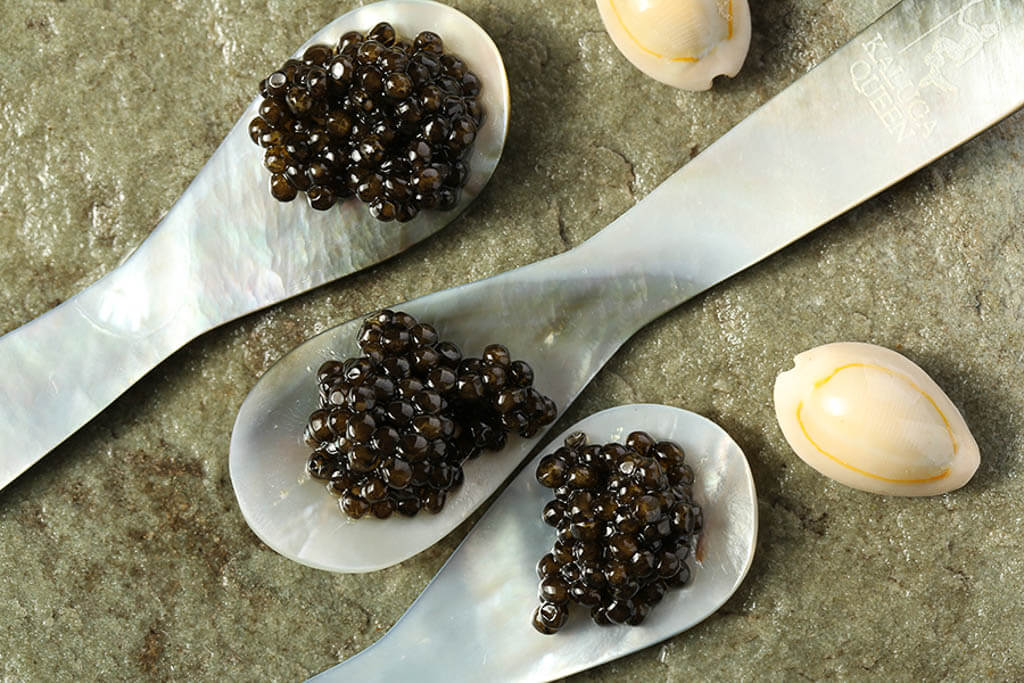
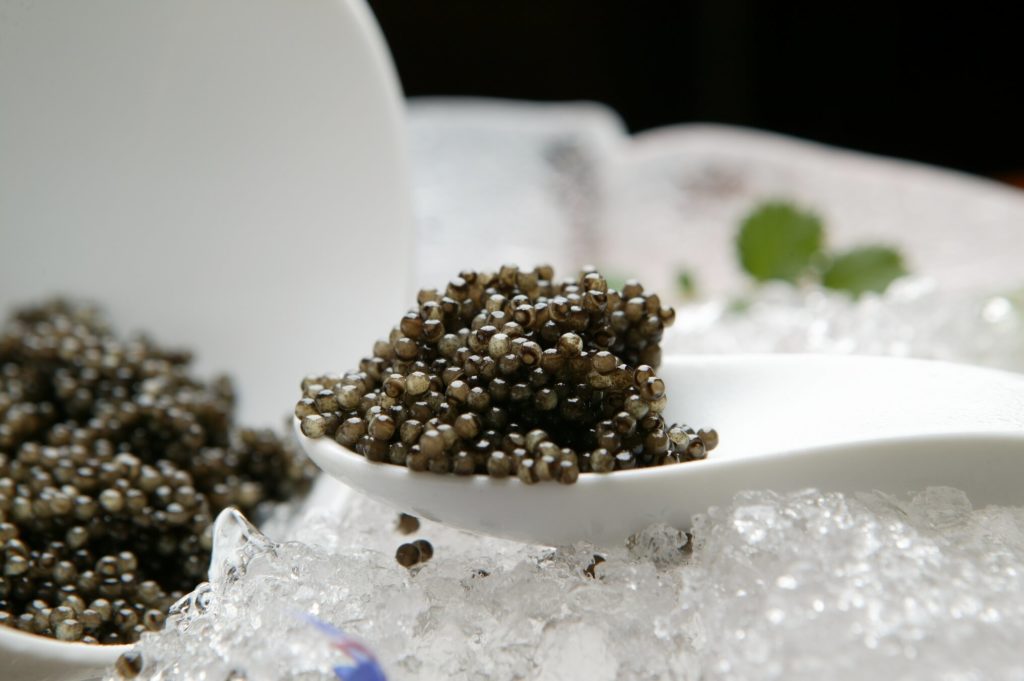
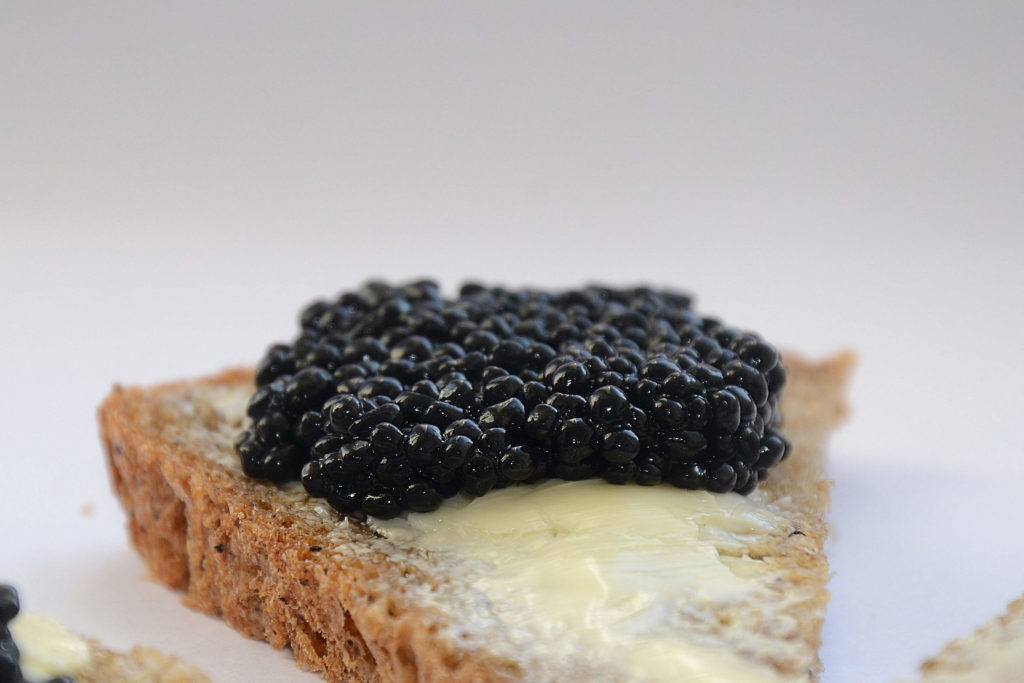
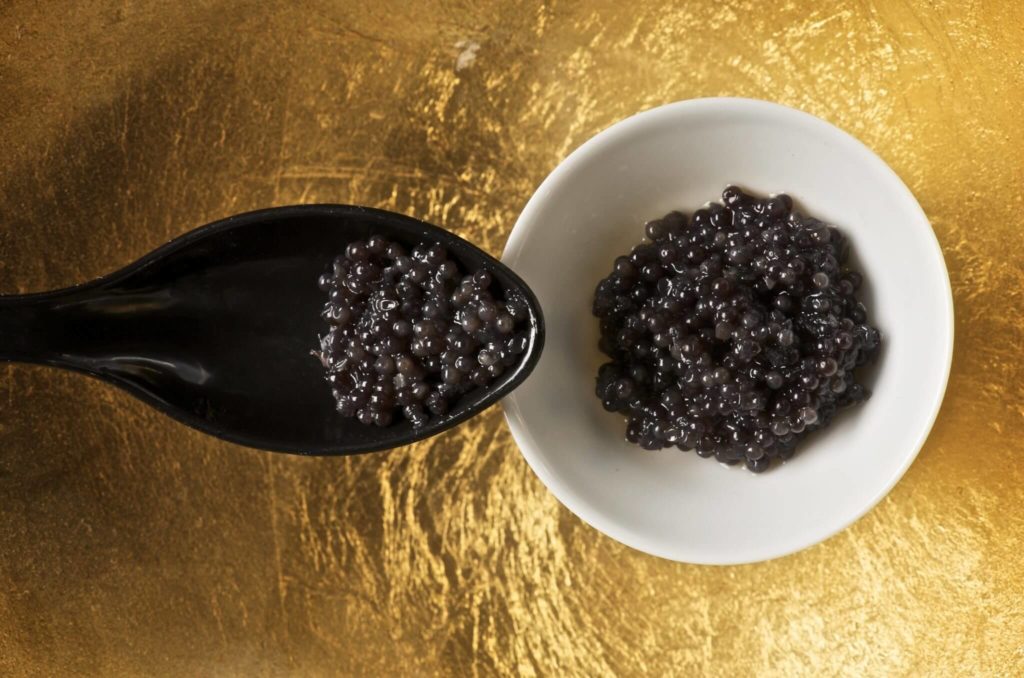
Frequently Asked Questions About Caviar
What is caviar made of?
Caviar, derived from the Persian word “Khaviar,” meaning “egg carrier,” is the roe of wild sturgeon found in the Caspian Sea and the Black Sea. It has historically been referred to as “black gold” and is harvested from beluga, osetra, and sevruga sturgeon.
Why is caviar so expensive?
The scarcity of sturgeon and the high demand for their eggs have contributed to the exorbitant price of caviar. The delicate process of hand-harvesting each individual egg and the strict regulations surrounding its import and export further contribute to its luxurious price tag.
What fish is used for caviar?
The Beluga sturgeon, Huso huso, is widely recognized as the best and most flavorful source of caviar. This remarkable fish, found in the pollution-free waters of the Caspian Sea, produces the highest quality caviar.
What caviar is used for sushi?
Capelin roe, also known as sushi caviar, is a common ingredient in various types of sushi. Harvested in the cold sea waters off Iceland, it is preserved in pure sea salt and adds a delightful touch to sushi preparations.
What is bath caviar used for?
Bath Caviar serves as an ideal filler for original gifts. The neutral Bath Caviar, which has no added color or scent, allows you to customize it according to your preferences by adding your desired color and fragrance. This concept can also be applied to bath salts.
Do you need a caviar spoon?
While accompaniments are often served with caviar, using a non-metal spoon is recommended to fully appreciate the flavors, especially when discerning the nuances between different varieties. A small spoon made of mother-of-pearl is a popular choice.
Can caviar be frozen?
Yes, caviar can be frozen to extend its shelf life for up to a year. However, it should be noted that freezing may slightly affect the flavor and texture of the caviar. Repeated freezing and thawing can further impact its characteristics.
Can caviar hatch?
Caviar does not hatch as the eggs are not ovulated or fertilized. The farming process involves manually removing the eggs from the female sturgeon, making it highly regulated and comparable to dealing with edible elephant tusks.
Can caviar be cooked?
Caviar is never cooked; instead, it is cured for preservation purposes. This process adds a subtle flavor and allows for longer storage. True caviar is served and enjoyed raw, showcasing its natural taste and texture.
Where does caviar come from?
Caviar is obtained from the unfertilized eggs or roe of wild sturgeon. While the term “roe” encompasses fish eggs from various species, true caviar refers specifically to the roe of sturgeon.
How to eat caviar?
There are several delightful ways to enjoy caviar:
- Eating it directly from a spoon, preferably one made of mother-of-pearl, to savor its purest form.
- Incorporating it into luxurious pizzas topped with smoked salmon and crème fraîche.
- Enhancing pasta dishes with clams, delicate capellini, and a generous spoonful of caviar.
- Pairing it with crispy potato chips, crème fraîche, and thinly sliced scallops for an elevated snack.
- Indulging in creamy, custardy scrambled eggs topped with caviar and served with toasted challah.
- Adding it to onion dip for a gourmet twist creating a harmonious blend of flavors.
- Use it to garnish mini roasted potatoes, making them perfect party hors d’oeuvres.
- Which country has the best caviar in the world?
- The countries surrounding the Caspian Sea, primarily Russia and Iran, have long been renowned for producing the highest quality caviar. These regions are home to the Beluga, Osetra, and Sevruga sturgeon, which yield exceptional caviar. In recent years, China has also emerged as a significant exporter of caviar.
What is the best caviar brand in the world?
Some of the top caviar brands known for their exceptional quality include Ossetra Caviar, Kaluga Caviar, Paddlefish Caviar, and White Sturgeon. These brands offer a wide range of exquisite caviar options to cater to different preferences.
Read also: The 8 Most Expensive Restaurants in the World
Conclusion
In conclusion, caviar truly stands as the epitome of luxury and exclusivity in the world of fine dining. As we explored the fascinating realm of caviar on Luxtionary’s blog post titled “What is Caviar? Discover The Most Expensive Food in the World!”, we delved into the origins, types, and flavors of this exquisite delicacy.
Caviar, derived from the Persian word “khaviar,” meaning “egg carrier,” is the prized roe of wild sturgeon found in the Caspian Sea and the Black Sea. It has rightfully earned the title of “black gold” due to its historical significance and unparalleled taste. However, the rarity and dwindling population of sturgeons have contributed to the astronomical price tag associated with this culinary treasure.
Unveiling the world of expensive caviar, we discovered remarkable varieties such as Almas, the diamond caviar, known for its exclusive availability and adorned with a container bathed in 24-carat gold. Beluga caviar, with its large, buttery orbs, has been enjoyed by royal families throughout history. Osciétre caviar boasts subtler flavors and a range of colors, while Sévruga caviar, harvested from the “starry sturgeon,” offers a delicate marine taste at a more accessible price.
The complexity of caviar’s flavor profile is a sensory experience like no other. From the breath of the sea to a touch of salt, each roe presents a unique taste that is difficult to capture in words. The velvety, creamy notes and surprising nuances make caviar a delicacy worth savoring and exploring.
While caviar’s price may be steep, it reflects the meticulous process of hand-harvesting each precious egg and the conservation efforts necessary to protect endangered species. Caviar’s exclusivity and the limited supply further contribute to its allure and prestige.
So, why is caviar so expensive? The answer lies in its rarity, the painstaking labor involved, and the regulations surrounding its import and export. It remains a symbol of indulgence and sophistication, captivating the palates of discerning connoisseurs around the globe.
Intriguingly, caviar continues to inspire curiosity and fascination, inviting us to embark on a gastronomic adventure of our own. Whether you’re a seasoned enthusiast or a newcomer to the world of caviar, there’s no substitute for experiencing its opulence firsthand.
As you explore the depths of luxury cuisine, remember that caviar is not merely a food but an extraordinary sensory journey. Embrace the allure of the world’s most expensive caviar, immerse yourself in its flavors, and appreciate the craftsmanship behind this unparalleled culinary gem.
You amy also like: Faberge Egg: Designs That Defined a Dynasty of the World’s Most Luxurious Eggs!
Luxuriate in the essence of caviar—nature’s lavish indulgence—where each delicate pearl carries a story of rarity, elegance, and the pursuit of gastronomic perfection.
If you’ve taken our tips to try caviar or simply want to find out more, we’d love to hear from you, so please share your comments with us below, and don’t forget to subscribe to the last word on luxury from around the world.
Featured image source: Tasteatlas.com

